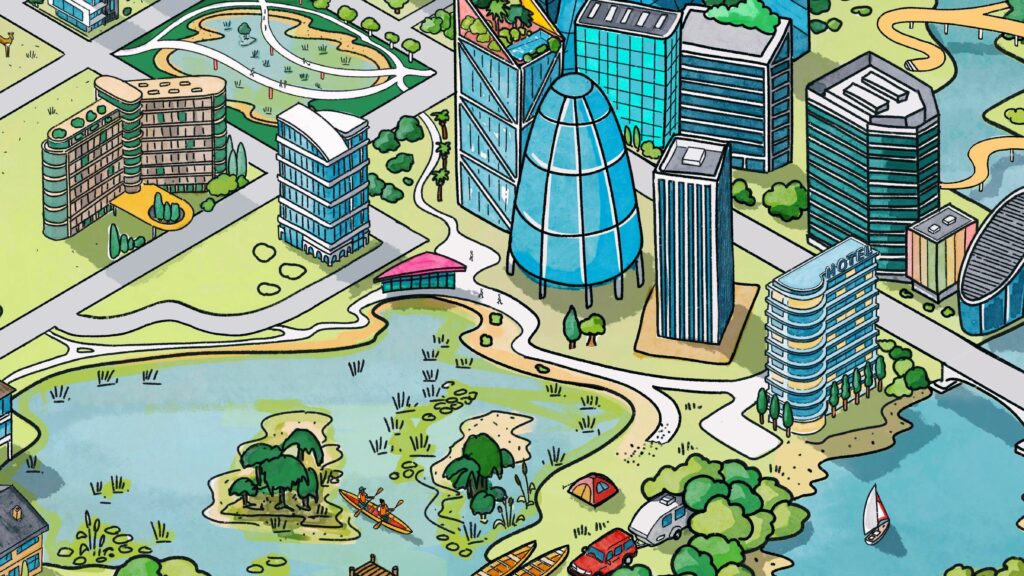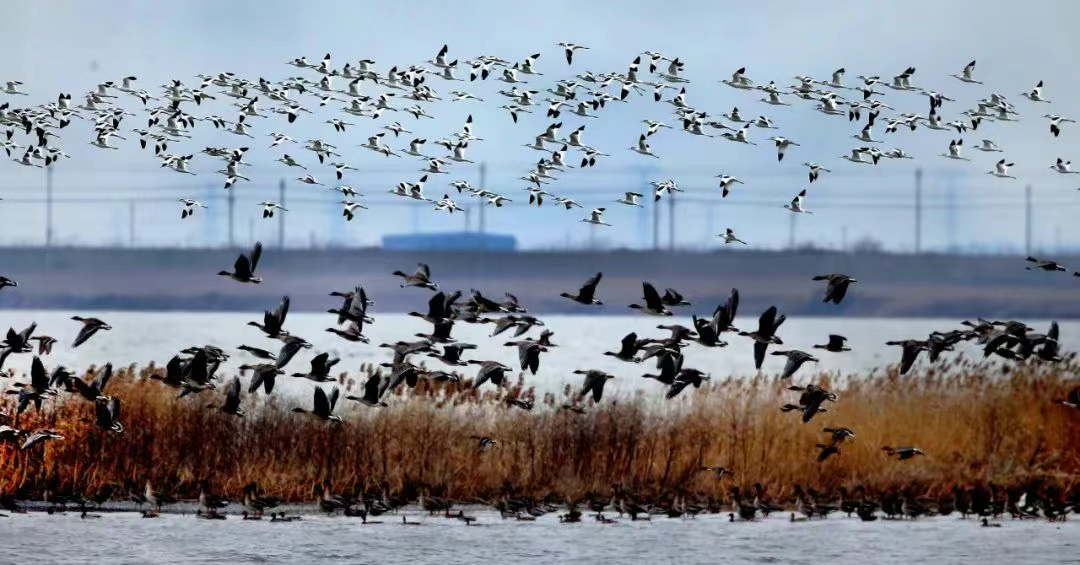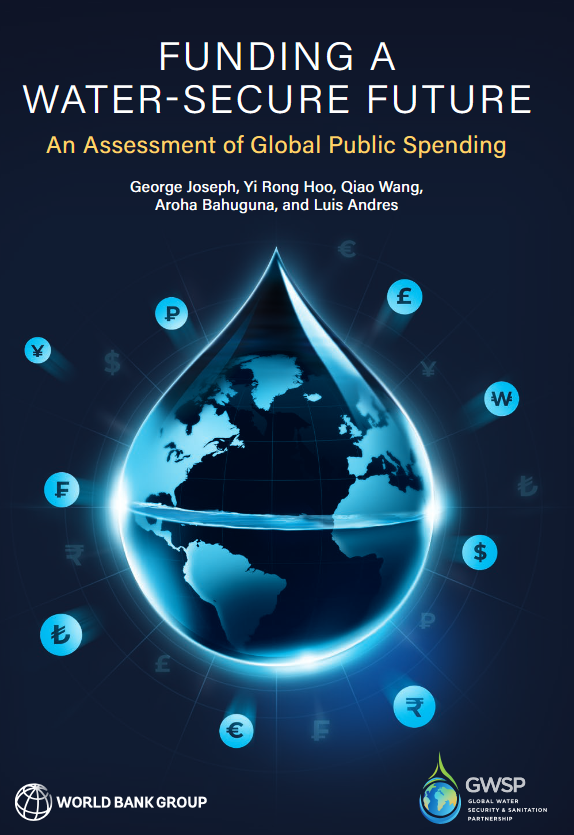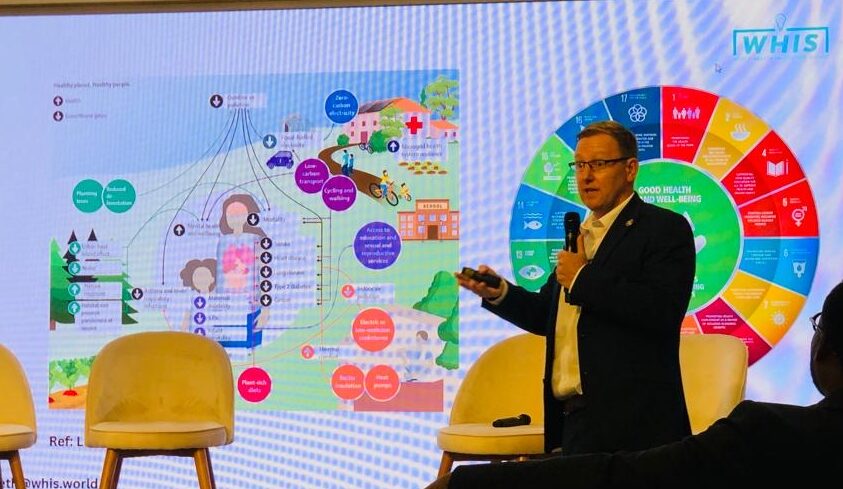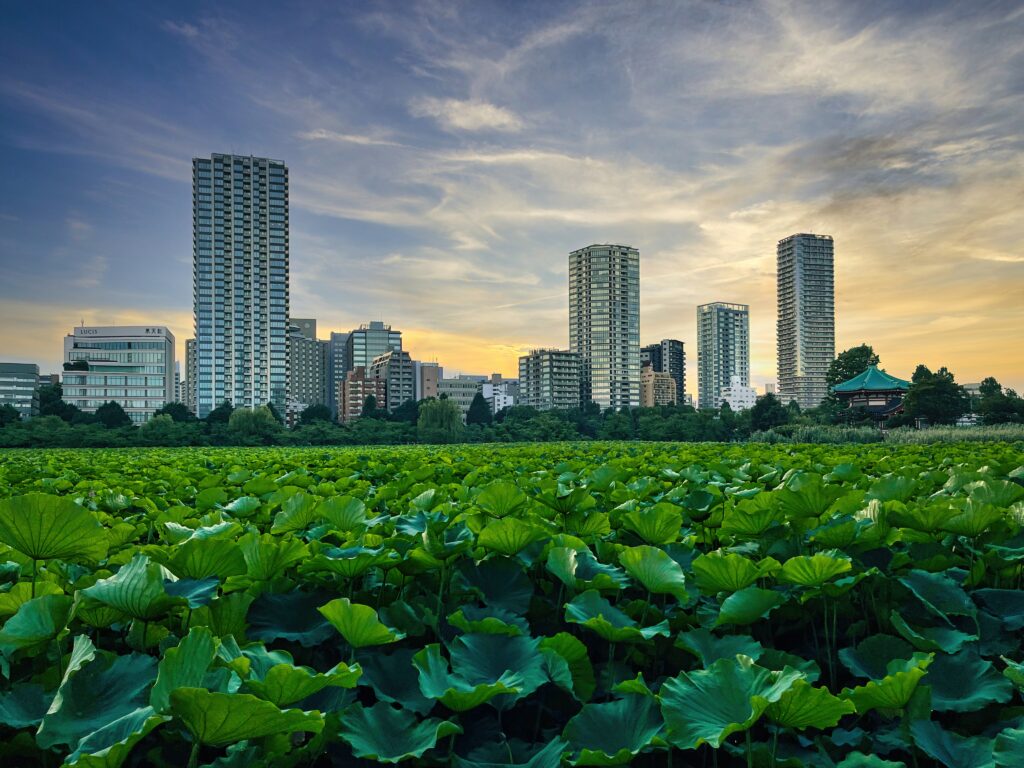The City Government of Puerto Princesa initiatives thru the office of the City Environment and Natural Resources Office (City ENRO):
Protected Biodiversity Areas
As the only Highly Urbanized City in the entire region of MIMAROPA, The City Government of Puerto Princesa find it critical to establish protected areas and other biodiversity reserves such as the Palawan Flora, Fauna, and Watershed Reserve (PFFWR), Magarwak Nature Research and Ecological Park (MNREP), Cleopatra’s Needle Critical Habitat (CNCH) and the Puerto Princesa Subterranean River National Park (PPSRNP) that help maintain natural ecosystems and support its community thru its ecosystem benefits. These areas harbor a rich diversity of flora and fauna, rivers, crees and streams, including endangered and threatened species, and serve as an important refuge for wildlife, including migratory birds. Protected areas serve as critical stopover sites where migratory birds can rest, refuel and replenish their energy reserves during long-distance migrations. These areas provide abundant food resources, safe roosting places, breeding grounds, and suitable habitat conditions for birds to recover from the ordeals of their flight during migration. By protecting these areas, Puerto Princesa ensures that migratory birds have suitable stop-over (resting) and nesting sites where they can “feed and rest” during their journeys.
Coastal Area Maintenance
Activities like mangrove planting through the “Love Affair with Nature” and CGPP’s Bays Conservation through coastal clean-up initiatives under “Save the Bays”, now on its 9th episode, contribute to the health of coastal ecosystems. Mangroves and bays are critical habitats for insects, numerous marine living things and other small organisms that form the base of the food chain. Puerto Princesa boasts a sprawling coastline spanning 416 kilometers, showcasing a rich diversity of landscapes. Additionally, the mangrove areas within the city cover a total expanse of 6,281 hectares. By maintaining these coastal ecosystems, Puerto Princesa City supports the availability of insects, which in turn supports migratory birds that feed on them.
Love Affair with Nature under City Ordinance No. 287, passed on December 26, 2005, is one of the City Government of Puerto Princesa’s local policy that is focused on rehabilitating and enhancing coastal area management. The said ordinance declared every 14th of February a yearly activity were the large City community participate in mangrove planting. Dubbed and institutionalized as “Love Affair with Nature”, it expanded Valentine’s Day’s expression of love from the customary person-to-person and added a concern to protect mother nature and as a continuing call to ensure the protection and sustainable use of the natural resources. The event heightens awareness of the people on the ecological role of mangroves and other coastal ecosystems in the vital web of life, (Hon. Feliberto S. Oliveros III, December 26, 2005, City Ordinance No. 287 of the 11th Session of the Sangguniang Panlungsod of the City of Puerto Princesa).
Establishment of Nurseries for (Endemic/Local) Forest Tree Species
Establishing nurseries for (endemic) forest tree species and fruit tress not only supports reforestation but also enhances the biodiversity of the locality. Trees provide a natural habitat for a variety of insects, creating a conducive environment for their reproduction and survival. As these forests grow and mature, they become attractive destinations for migratory birds, providing food and shelter. The maintenance of these nurseries provides support to our continuing efforts to reforest denuded areas, bolster private reforestation endeavors and help in providing accomplishment of the exacted Corporate Social Responsibility of our business community. The game plan is to provide these seedlings for free.
Reforestation efforts in Puerto Princesa City is already institutionalized as early as the year 1991 and celebrated annually thru an event called “Pista Y ang Cagueban” (Feast of the Forest) This yearly activity helped restore degraded areas, providing habitats for countless species of plants, animals, insects, fungi, and microorganisms. The efforts help restore and expand habitat for various species of endemic flora and fauna, promoting biodiversity conservation and supporting ecosystem resilience. This activity culminates the consciousness of the City’s inhabitants and a reminder of their responsiblity to help the Government restore its natural forest. City Ordinance No.216 formalized this activity and its annual observance.
Avian Fauna Assessment in Protected Areas and Wetlands.
Given that birds are good barometer of a healthy environment, henceforth, the City Government of Puerto Princesa thru the Office of the City ENRO, essentially focuses on the conduct of periodic annual bird assessment to provide us key information, and data of these avian species to help us understand their role in our ecosystem. The information provided by this activity inculcate in our consciousness the importance of conserving avian fauna biodiversity, maintaining a balanced and healthy ecosystem, and sustaining the benefits that birds provide to society. Bird assessment involves evaluating the status, abundance, distribution, and trends of the bird population. Assessing bird populations such as migratory birds help prioritize conservation efforts by identifying bird species at risk of decline, also, monitoring bird populations provides insight into the overall condition of an ecosystem.
We made an extra step forward by embracing avian eco-tourism in the City to support our local bird assessment effort. We initiated in partnership with the Puerto Princesa Subterranean River National Park (PPSRNP) the PPUR International Bird Photography Race in November 2015 and is still proceeding up to this year. This annual assessment event under the auspices of an eco-tourism activity, provided us records of both endemic and migratory birds. Data of migratory birds during this activity include rare and first country records. Additionally, the PPUR-IBPR contributes to the local circular economy of the City.
We participate in the annual Asian Waterbird Census with the National Government thru the Department of Environment and Natural Resources (DENR). City ENRO’s participation in these monitoring efforts contributes to the broader conservation goals and supports the establishment of key areas for migratory birds such as the Snake Island found in Honda Bay of Puerto Princesa City. Regular monitoring of migratory bird populations helps assess the health of habitats and identify the need for conservation efforts to preserve biodiversity. This data is crucial for understanding their migratory patterns, identifying threats, and implementing effective conservation strategies.
Environmental enforcement
The City Government of Puerto Princesa have invested in the field of enforcement. placed under the Office of the City ENRO are the Bantay Gubat (Forest Guardians), Bantay Dagat (Sea Guardians) and Bantay Bakawan (Mangrove Guardians). They are the government arm to impliment and impose obedience to the various environmental laws of the Republic and local policies. Their activities include the deterrent of wildlife trafficking, IEC and cooperation with local partners and the community.
Collaboration with Key Agencies: Working with organizations like DENR and PCSD/S promotes collaboration and the sharing of resources. It promotes a unified approach to bird conservation by combining expertise and data from various stakeholders. Through this collaboration, the following benefits are achieved:
- Comprehensive Data Collection: Agencies often have more extensive resources and a broader reach, allowing for more thorough data collection and analysis. Our participation helps strengthen this collaborative network.
- Policy and Regulation Support: Information gathered from monitoring activities informs government policies and regulations related to migratory birds. This collaboration can lead to better enforcement of conservation laws and regulations.
- Public Awareness and Education: Joint monitoring efforts often include outreach to local communities, and raising awareness about the importance of migratory birds and their conservation. Our involvement helps educate others and promote a culture of conservation.
Contributing to Conservation Outcomes: It is our objective to directly contribute to the conservation of migratory birds and their habitats. We are exerting efforts to work with other key partners and support local as well as global community to broaden our environmental objectives, enhance our capability and approach in biodiversity preservation, and widen our understanding of ecosystem health, and the sustainability of natural resources. The current effort of the City ENRO is the establishment of a new RAMSAR site within urban district. We are excited to pursue this project in collaboration with our local and international partners.
